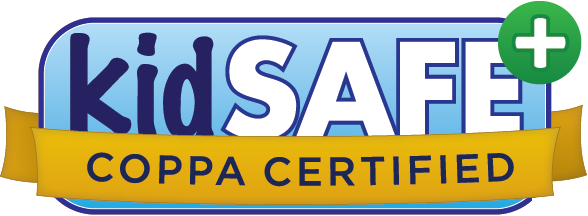“Please” and “thank you” are often among the first phrases we teach our children. However, as we get older, we realize that being grateful is more than just saying “thank you.” It’s never too early to start teaching kids gratitude, and this is a great time of year to do it!
For some of us, being grateful might not come naturally. That’s why it’s so helpful for caregivers to teach their kids how to practice gratitude. For kids, the key is learning how to express thanks beyond the act of simply saying it.
Benefits of practicing gratitude with kids
Okay, it may seem like a cliche, but there are many reasons why it’s valuable to teach children about gratitude.
Children who practice gratitude year-round are likely to:
- Experience positive emotions such as joy, optimism, and love.
- Demonstrate kindness to others.
- Have more resilience with setbacks.
- Feel confident in themselves.
- Cope with stress more effectively.
10 Ideas for teaching kids gratitude
1. Ground yourself in nature
Take your child on a nature walk, whether it’s in your backyard, a local park, or a nature reserve. As you explore, encourage them to find things in nature that they’re grateful for—like a colorful flower, a buzzing bee, or a beautiful sunset.
Discuss why these natural wonders make them feel thankful for the world around them.
2. Explore gratitude with art collage
Set up an art station with magazines, scissors, glue, and a big sheet of paper. Ask your child to flip through the magazines and cut out pictures and words representing things they are thankful for.
Then, help them create a gratitude collage that they can proudly display in their room, serving as a visual reminder of all the good things in their life!
3. Secret acts of kindness
Teach your child the joy of giving by encouraging them to perform secret acts of kindness. Together, brainstorm simple acts like leaving a kind note under someone’s pillow or writing kind words on rocks and leaving them in public places.
By doing these thoughtful deeds anonymously, your child will learn the value of spreading gratitude without expecting anything in return.
4. Scavenger hunt with a twist
Instead of finding objects, make a list of things your child can find in their day that they’re thankful for. It could be a warm hug, a tasty snack, or a cozy blanket.
As they find these moments of gratitude, have them check them off the list and tell you why each one is special.
5. Thankful storytime
Incorporate gratitude into your child’s bedtime routine by reading books that emphasize thankfulness. Choose stories that revolve around characters showing appreciation for what they have, their friends, or the world around them.
After the story, discuss the lessons learned and ask your child to share something they’re grateful for that day.
6. Set a good example
Children look up to their adults to see what’s acceptable and what’s not. Empathy, kindness, and gratefulness are best taught to your child by practicing them yourself.
Make a habit of giving thanks or calling loved ones to tell them you appreciate them. Did your child finish their chores with no complaints? Give praise and tell them how much it means to you. They’ll normalize this behavior and learn mimic it naturally.
7. Bedtime reflections
Practicing gratitude at the end of each day is a great way to get your little one to appreciate the little things in life. Was it sunny and beautiful today? Was tonight’s dinner extra delicious? Were the evening cartoons really funny?
Tell your child about all the things you appreciate. Then, ask your child about the most wonderful moments in their day and rejoice in how lucky you are to have experienced them!
8. Encourage your child to help others
Lending a helping hand is another great way for kids to develop a sense of gratitude. Volunteer with your child at a local children’s hospital, collect canned food to donate to a shelter, or bake holiday cookies for the neighbors.
9. Write thank you cards together
Everyone loves a sweet thank you note! Ask your child to think of people who they can give gratitude to. A teacher. A friend. Local firefights.
Together you can write a thank you card and deliver it to that person.
10.️ Keep a gratitude journal or jar
It can be easy to lose track of the things we’re grateful for in the chaos of life. That’s why it’s beneficial to write things down to reflect upon them later. Have a jar on display and anytime your child thinks of something they’re grateful for, they can write it on a piece of paper and put it in the jar.
At the end of each month, your family can look through all the things you’ve been thankful for and celebrate!
Teaching children about gratitude is a gift that keeps on giving. By incorporating these creative activities into your daily life, you’ll help your child develop a deeper appreciation for the world around them and instill valuable life skills.
As they grow, they’ll carry the practice of gratitude with them, fostering a positive and kind outlook on life.
More about Lingokids
Discover more games and activities that teach gratitude in the Lingokids app!
The Lingokids universe provides original, award-winning, interactive content for kids, transforming how kids can learn. Lingokids creates games, songs, podcasts, videos, and activities that blend educational subjects with modern life skills to spark curiosity, imagination, and success in school—and beyond!
So, are you interested in learning more about how Lingokids helps families raise amazing kids? Download the app and check out more content on our YouTube channels!






